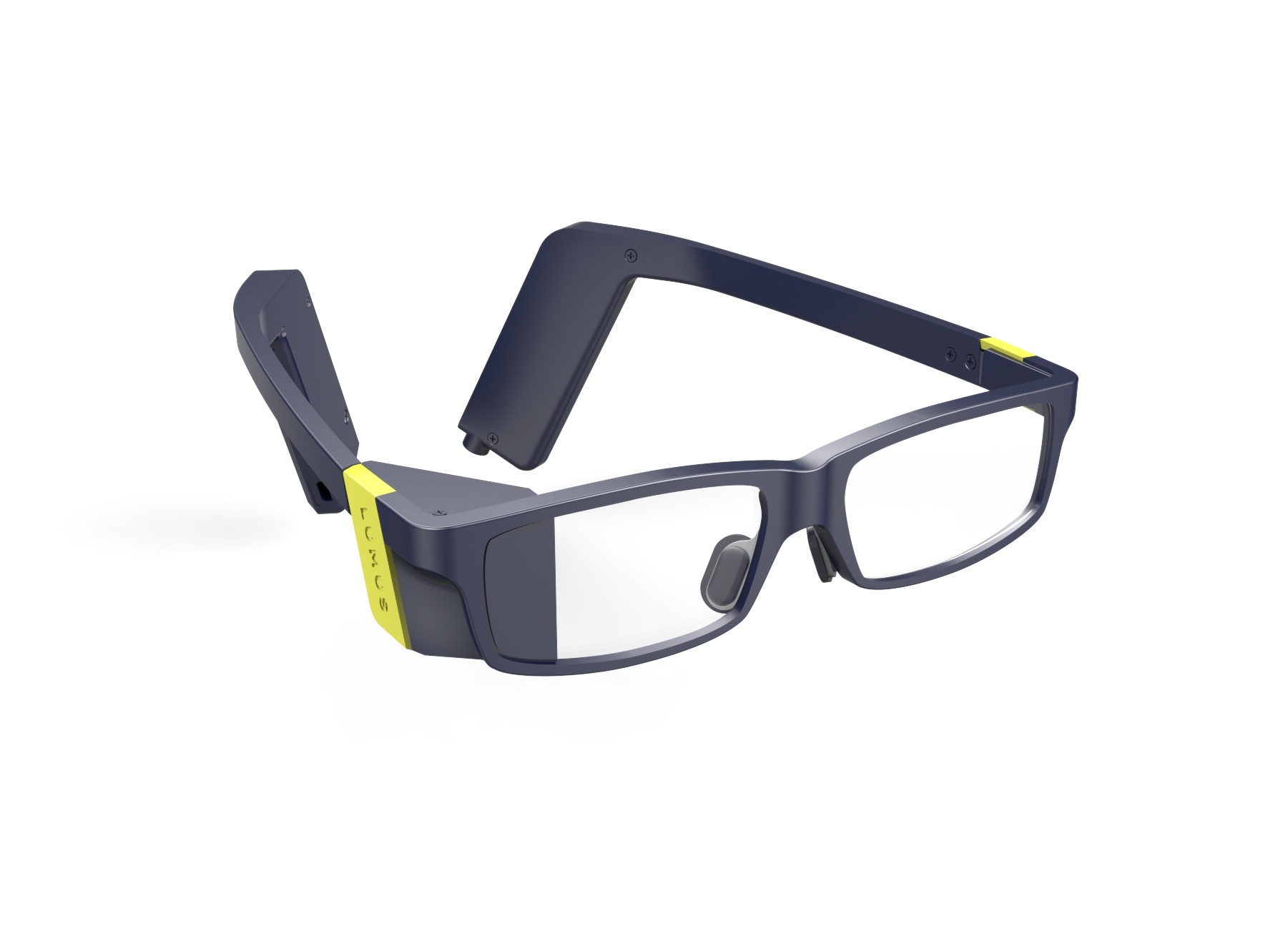
Looking to the near and distant future of medical technology, augmented reality (AR) will be central to innovation. The medical field will be enhanced dramatically via the rise of augmented reality products emerging in the market. In just a few years, the entire healthcare experience will look entirely different from the medical environment today. How so?
By overlapping valuable medical information with the real world – whether it be making visible patient information, mapping an individual’s body for surgery, or even venipuncture – AR can provide a hands-free, cost efficient/time-efficient approach for doctors to treat patients, teach medical students, and react quickly in emergency situations.
Some examples of how augmented reality will transform the medical world, include:
1. Critical Data in plain view and hands -free gesture technology
Today, doctors and nurses record patient information via iPads and other computer devices that most people are familiar with. The method of documenting patient information has already begun to change with innovations like gesture technology paired with AR glasses that allows healthcare professionals to see patient information projected in front of them and then record information with hand gestures (even if they are wearing gloves) and motions.
Atheer is one company creating gesture technology that provides medical professionals with a hands-free approach to documenting medical information. This type of technology can be particularly useful for first responders and military paramedics, who are treating patients in stressful and sometimes dangerous environments and need to record information extremely fast. This efficient approach to patient documentation can also allow first responders to send information to the hospital prior to the patient’s arrival, which can allow the hospital to be better equipped.
2. Taking or transfusing blood
Drawing blood is not always a simple process, especially in the case of patients that have particularly small veins: like the elderly and infants. Anyone who has been the recipient of multiple “sticks” for a blood test can testify that it is a rather unpleasant experience. Companies like Evena developed an AR solution that allows medical professionals to see the veins of their patient projected directly on their arm, making blood exams and starting an IV that much easier. The smart glasses map out the veins on the outside of the patients arm so that the process of drawing blood is smooth for the patient and medical professionals.
3. Ultrasounds
Several AR software companies have also developed a portable ultra sound technology, where ultra sound technicians and patients can see the ultra sound image via smart glasses. A portable ultra sound can be especially useful when traveling to developing countries, where portability and affordability are of utmost concern.
4. Spinal Surgery
Spinal surgery can be a long and arduous process; however, AR technology is attempting to reduce surgery time, invasiveness, and the overall surgical result. Israeli-based company Augmedics created a technology that overlays spinal information on the spine of the patient so that doctors can keep their eyes on the patient at all times and have the spinal information directly where needed. Surgeons wear a head-mounted display that is held firmly in place and allows the surgeons to “see through” the patients’ skin as if they have X-ray vision. Since the surgeon can see the anatomy of the patient without creating any openings – a lots of the procedures can be done externally without creating multiple incisions. The result of a less invasive surgery means less recovery time for the patient and a shorter hospital stay.
The future of medicine is on the brink of major change, which will be a transformative experience in healthcare for the hospital, patient, and medical practitioners alike. Who knew that the same technology used for gaming would be a catalyst to save lives and transform the future of medicine?
David Goldman is the VP of Marketing at Lumus, an Israeli-based augmented reality company that creates transparent displays for smart eye-wear and head-mounted displays that transform the way people interact with reality.
